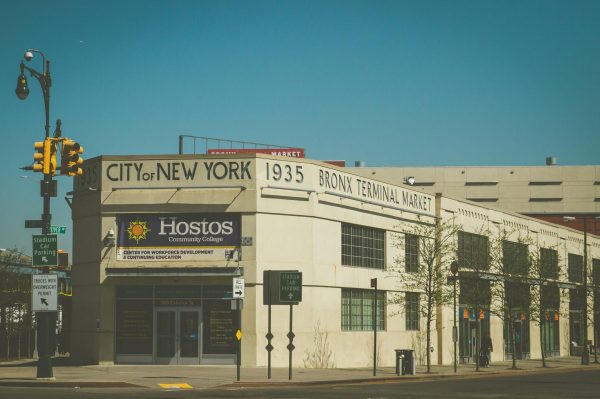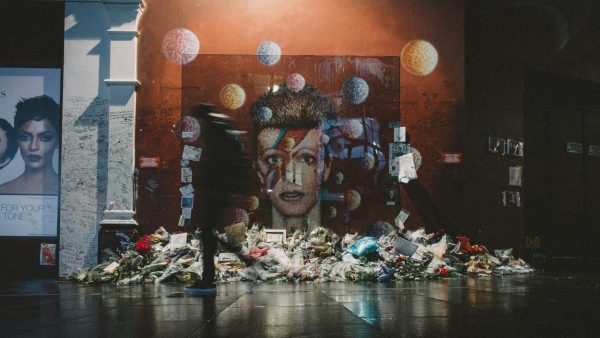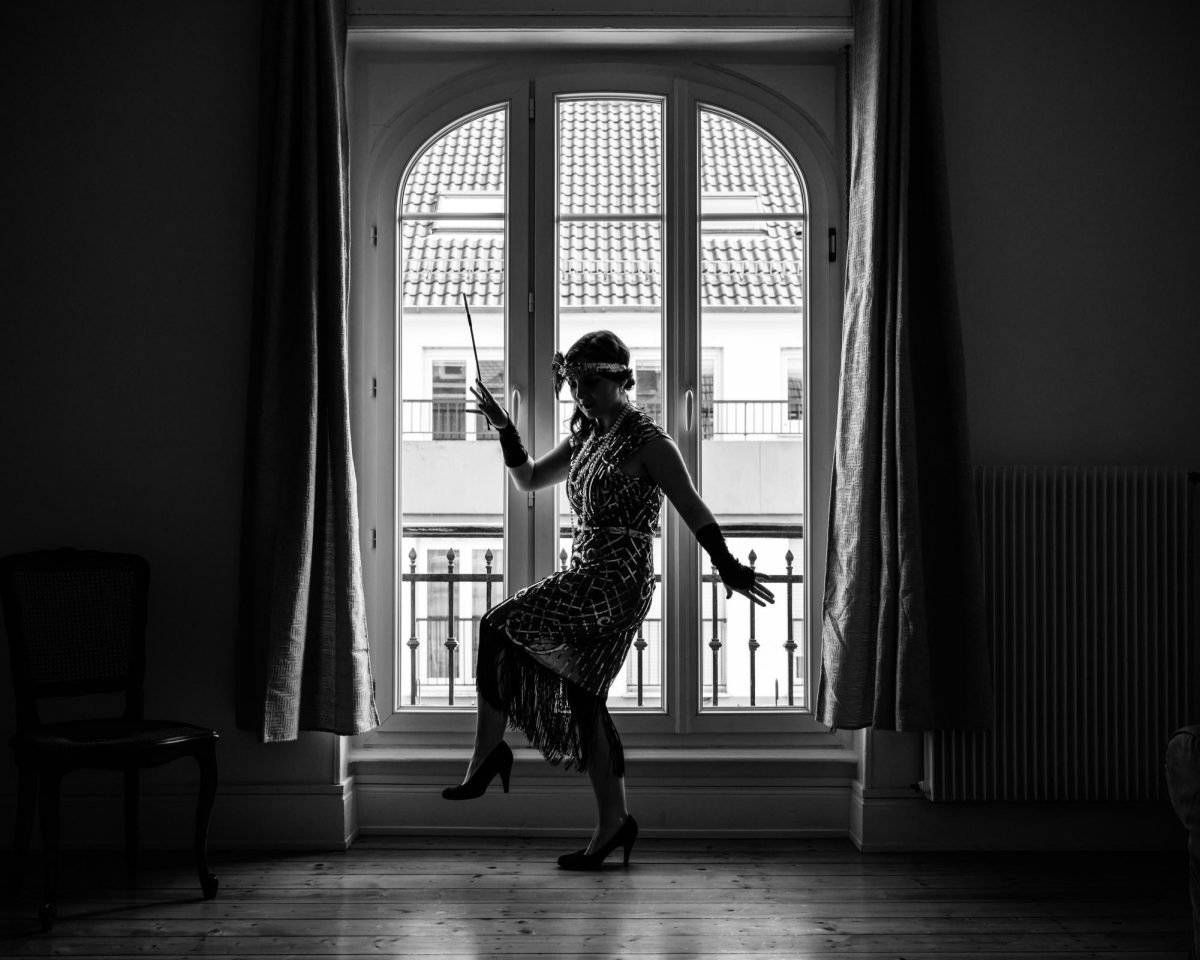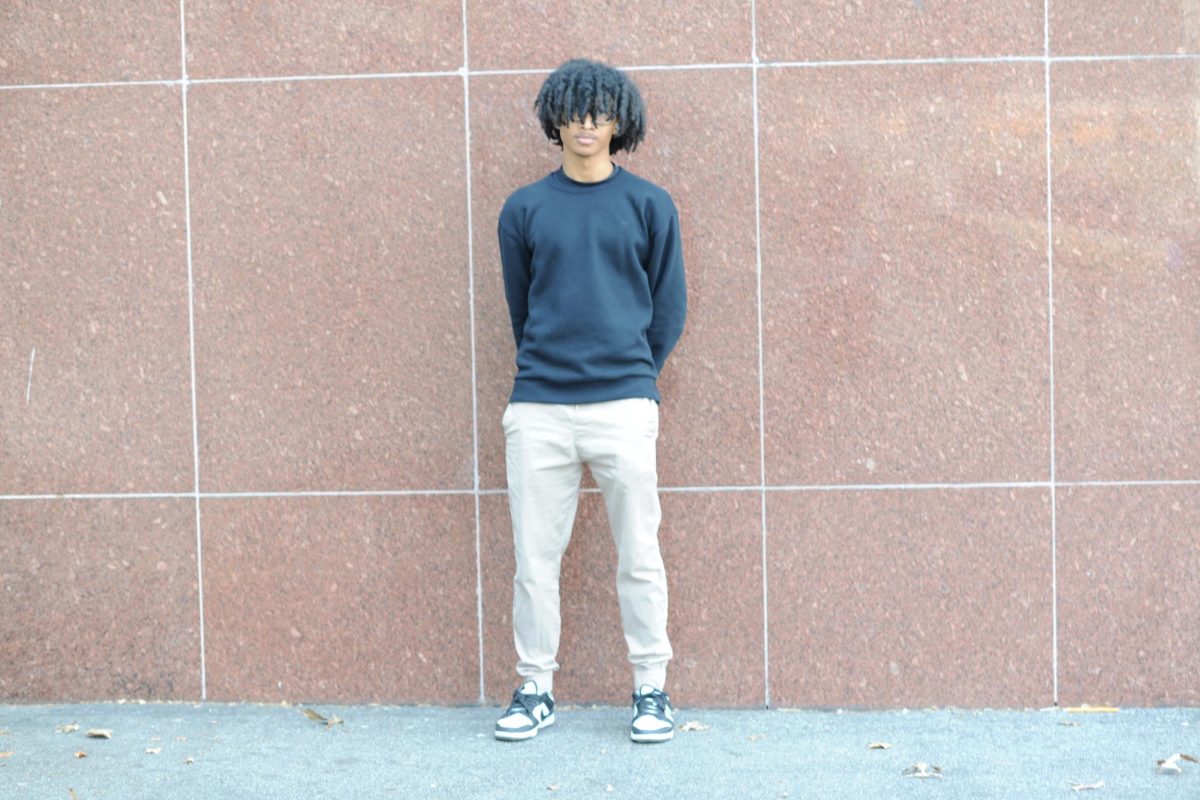“One man’s trash is another man’s treasure.” This ageless adage has never come to define a fashion so misunderstood, yet beautiful as that of the streetwear culture of the Bronx. The Bronx, being the hotspot of hundreds of multi-ethnic cultures and home to complex diversity, is a forerunner of American innovation and creation in the arts, music, and especially fashion.
The Bronx began developing its own cultural standing in the 1970s when a new wave of rebellious youth became the basis for many changes in the regional fashion culture. However, its roots extend beyond one decade. From its humble beginnings under the influence of the larger fashion movements in New York City, such as the Harlem Renaissance and the British Invasion, Bronx fashion has grown into a remarkably important part of its culture.
One of the earliest inspirations for modern Bronx street fashion was the vibrant, colorful clothing designed during the Harlem Renaissance, which began in the early 1920s and continued to the late 1930’s. During this time, the fashion standard for men consisted of mostly normal workmen’s garb for the lower working classes and a business suit, accompanied by a top hat or jewelry for the upper classes. Women in the lower working classes wore bodice dresses to dress up, and those in upper classes wore fancy, long dresses to show off their wealth.
Fashion gained the freedom to develop from the influences of African culture. This was reflected in Harlem fashion, where popularity for baggy and colorful clothes for men and more revealing and vibrant clothes for women intensified. One of the most creative forms of streetwear of the time was the zoot suit, a baggy, a tight-cuffed and high-waisted suit, well liked among young African-American men at the time.
Another influential piece of clothing popularized at this time that you still see in modern-day Bronx streetwear is the flapper dress, which is a type of sleeveless dress. This type of clothing had a relatively short skirt for the time — around knee-length — that was often accompanied by a bobbed hairstyle and some stylish, flashy jewelry. In the 1920s, these new dresses and suits were seen as controversial and challenged the norms of modesty and humbleness in largely Protestant America. The Bronx wasn’t just a part of this nationwide evolution of fashion, but it took a leading role in this change and animated these new styles in ways that shocked, inspired, and shifted the American fashion world.

As these changes were being made, the fashion scene of the entire country was also slowly shifting. The main promoter for this change was New York City and the underground fashionistas working to create more freedom and more rebellion within the field. These new fashion items marked a change in the fashion of New York City – especially the Bronx – that led to a greater popularity and demand for streetwear. The role of outfits as a means to express a personal artistic identity was starting to develop among the lower classes, making fashion an all-inclusive art form, not just a special pastime for the upper class communities.
The Harlem Renaissance didn’t just bring a new wave of fashion innovation to New York City,but it also brought in a new wave of musical creativity defined by the budding genre of smooth jazz and early forms of rock and roll. This led to another one of the Bronx fashion world’s greatest influences: the fashion of rock and roll, early reggaeton, salsa, and most importantly, the fashion of hip-hop. When rock and roll gained popularity in the late 1940s to early 1950s, the fashion standard had hardly changed from the norms of the 1920s.
After the genre grew in popularity, mainstream fashion changed drastically. Many consumers were flocking the stores looking for outfits that matched their favorite rock and roll artists, such as leather jackets to match with Elvis Presley, or bell bottom pants to match with David Bowie. The outfits became more colorful, outrageous, and creative due to these rock inspirations. Although suits and ties were still the norm, the demand for creativity in outfits increased by an unprecedented amount, in a time before creativity was supported and even encouraged in the fashion industry. Thus, more people wanted newer ways to dress, present, and fashion themselves.

As rock and roll rose in national popularity, a number of rock-and-roll-influenced local music movements helped shape the fashion industry of the Bronx and had an impact on the Bronx that affected its local fashion industry more than any other place in the United States. This genre of music was reggaeton. It was rooted in South America in the 1980s, but had gained popularity from many Puerto Rican musicians living in New York City and most importantly, the Bronx, who popularized the music.
Although island-based Puerto Ricans had a considerable impact on the genre and its fashions, the most impactful forefathers of the genre were Nuyoricans whose combination of their native rumba and mambo merged with the music of the city created a new voice in reggaeton. From the surge of Nuyorican population in the Bronx, reggaeton and salsa emerged and the first audience for this new music, and the new fashion of these movements was the Bronx. As a consequence, the Bronx was one of the first places influenced by this change of fashion into using more elements that are common today.
The rise of jeans and tank tops had been inspired by early reggaeton and salsa artists who often wore those articles of clothing. Hats, baseball caps, berets, and beanies started to gain popularity and mainstream status starting from the Bronx onwards to the rest of America. The jewelry that the average person would wear also changed. Shiny diamonds and pearls were still popular and continue to be so, but more humble wooden crosses, necklaces, common fake gold or silver necklaces began to become more popular with the rise of these reggaeton and salsa stars wearing showy jewelry, expensive rings and accessories.
This leads to modern Bronx streetwear fashion which focuses on the costume tradition of baggy pants, graphic tees, stylish hats, shiny accessories, and vibrant colorful sneakers. Many years of textile culture growth led to a rich, interesting current world of streetwear that was inspired by a diversity of many sources and which continues to take more innovation. Most of Bronx streetwear fashion was rooted in the multi-culture diffusion in the cultural hotspot that is the Bronx.
This history and development of a greater tolerance for the innovative and the unprecedented led to an adoption of an innovative, stand-out style. Yankee hats, Basquiat-inspired and Ed Hardy art-inspired textile brands, along with the ripped, sometimes painted jeans that are now integrated into the Bronx streetwear culture, all contained obscure elements at first (the expression of abstract art in Basquiat paintings and the Japanese-inspired art of Ed Hardy). Yet today, all have become staples of the Bronx fashion culture and have never changed since.
What was once considered as weird or disrespectful became the norm for the newly formed Bronx fashion tradition that really treasures the underrepresented, the un-prioritized, and the mostly outré stars of fashion, truly embracing the old saying, “One man’s trash is another man’s treasure.”
The Bronx wasn’t just a part of this nationwide evolution of fashion, but it took a leading role in this change and animated these new styles in ways that shocked, inspired, and shifted the American fashion world.


